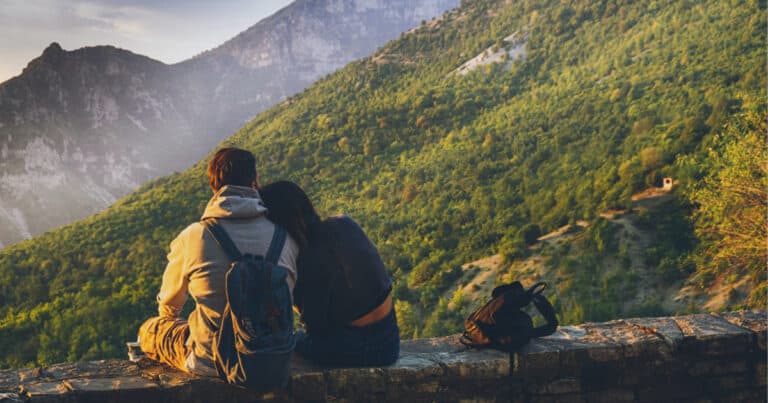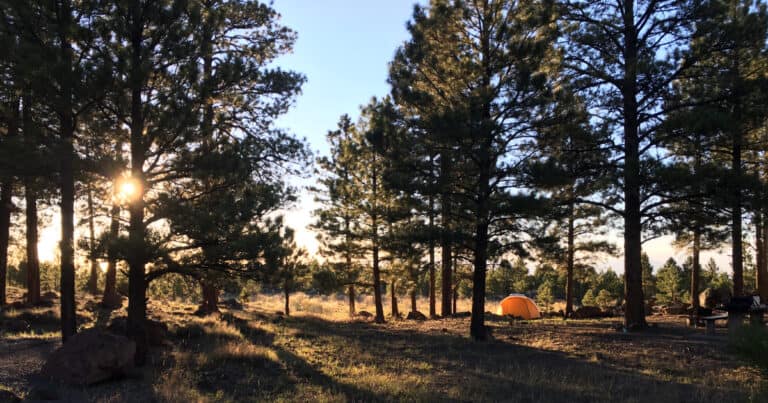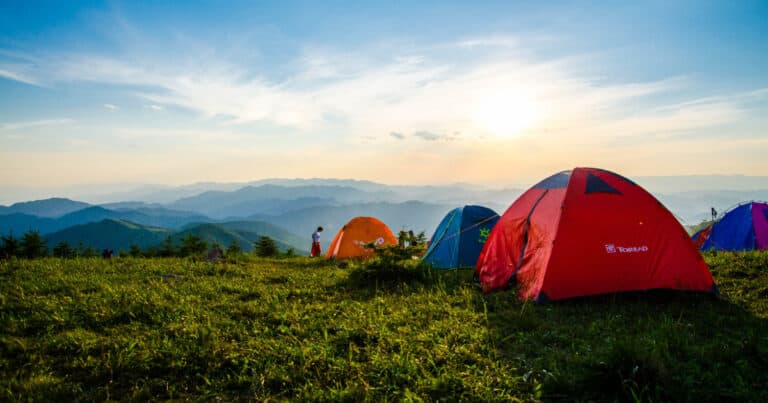6 Tips for Building an Adventure Fund
The Trick to Building an Adventure Fund
One reality that all parents face is that kids are expensive. Hospital delivery bills, diapers, sports fees, braces, and let’s not even begin to talk about college. This means that for a lot of families the trickiest part about adventuring after kids is the cost. Not only are families working with a tighter budget, but with an increased headcount adventures can become quite an expensive affair. That is why today I want to share with you our tried and true tips for building an adventure fund…even if you have an itty bitty budget.
Tip #1: Get a Side Gig

One of the easiest ways to find money on a tight budget is to get a side gig. This means you don’t have to try and stretch an already tight budget, tighter. While working a second job or a side gig may sound counterintuitive for someone that wants to use their free time adventuring, there are actually a variety of side gigs that don’t require an extensive amount of time. For example, renting out your excess storage space/parking space at your home, a room or your house, your RV or camp trailer, or even your car.
Another side gig you could look at is working for your local school system as a crossing guard. In our area crossing guards are paid $16/hour and they only work about an hour and a half in the morning and an hour and a half in the afternoon. While $16/hour may not sound like much, that adds up to about $240 a week/$1050 a month before taxes, plus you get school holidays and summers off!
Two other ways Dustin and I have made money for adventures are donating plasma and breastmilk.
Donate Plasma
I am going to take a wild guess that when I say “donate plasma” it makes you think of starving college students, but the truth is you can make crazy good money donating plasma.
For example, depending on the time of year you become a new donor, you can earn up to $1000 on your first 10 donations (i.e. $1000 in 5 weeks). TIP: this promotion usually occurs in the summer months because that is when donor numbers drop (vs. the winter months when people are trying to make extra money for the holidays). After your first 10 donations, you can usually make about $500 a month on average.
Every donor’s experience is different but typically you donate twice a week and each donation takes about 1-2 hours. So you are making about $30-60/hour. And with donation times as early as 5 am and as late as 8 pm it is easy to work around your family’s schedule. In fact, some centers even provide child care.
The only thing you need to keep in mind is that since you are paid as a contract worker, you will want to save a portion of what you earn for taxes.
If you want to try it out, I would recommend seeing if you have a Grifols/Biomat in your area.
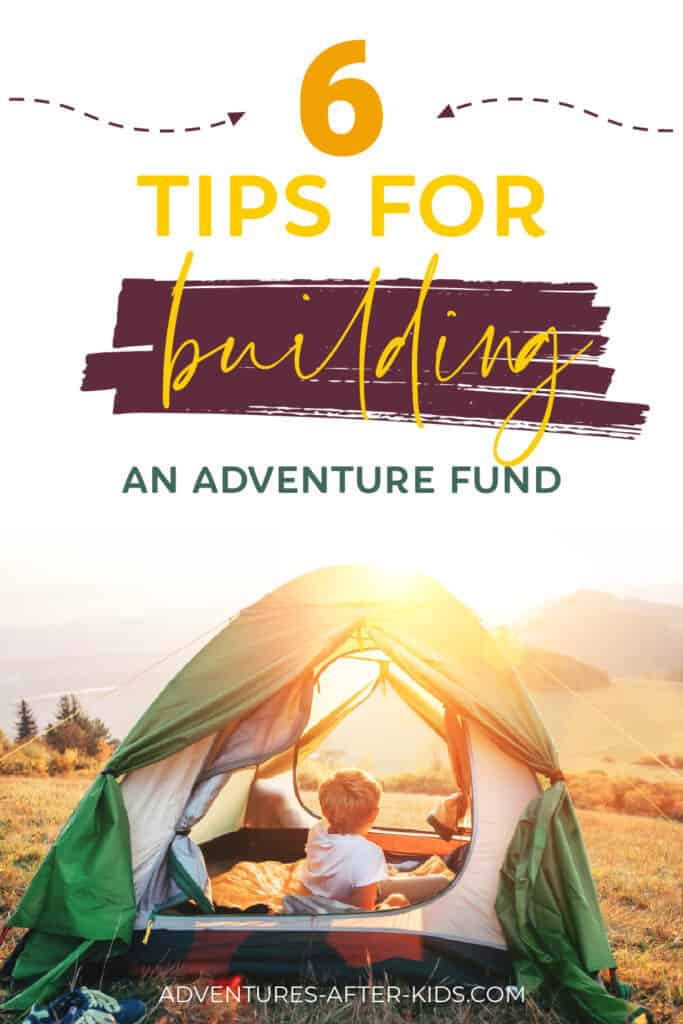
Donate Breastmilk
Did you know there are milk banks that will buy your excess milk?! I am not talking about hairy men on Craig’s List that want it for their bodybuilding endeavors. I am talking about actual milk banks that want your milk for little babies.
The milk bank I worked for was Tiny Treasures. They take mom’s excess breastmilk and make milk fortifiers derived from human milk so that micro premies can have an all-human milk diet. They pay $1 per oz of milk. While that may not sound like much for an average producer, for those of you that could have been a wet nurse had you been born 200 years ago, that means good money. For example, there was one donor mom that between her daughter and twin boys donated over 81,000 oz of milk!!!
While this side gig does take a fair amount of time (due to their strict sanitization guidelines) it can go a long way in stretching your adventure budget.
And once again, don’t forget to save a portion of what you earn for taxes.
Tip #2: Put Your Tax Return to Work

One good thing about having kids is you are more likely to get a tax return. This windfall of money can be a great boost to your outdoor adventure fund. If you feel like spending all of your tax return on trips or gear is irresponsible, then look at only saving half or $1000 of your tax return. Dustin and I have twice now saved $1000 from our tax return and used it to take a week-long vacation to the Oregon Coast. While we did have to get creative in making that money stretch it still was an amazing adventure. You can read more about it in my post Oregon Coast on the Cheap.
You can use this tactic also for any other unexpected money windfalls you experience, like work bonuses or stimulus money.
Tip #3: Give experience gifts instead of physical gifts

Another fun way to boost your adventure budget is to give experience gifts instead of physical gifts. According to Investopedia American families spend on average about $998 a year on holiday gifts. Think of what fun adventures your family could go on with that money! In my opinion, memories are the best gift.
If you don’t want to spend your entire holiday budget on outdoor play, here are some additional options to consider. You could get one large family gift in the form of gear (wool long johns, stand-up paddleboards, snowshoes, etc.) or you could get each child one piece of gear they need (hydration pack, ski helmet, hiking shoes, etc.).
Tip #4: Automate Your Savings
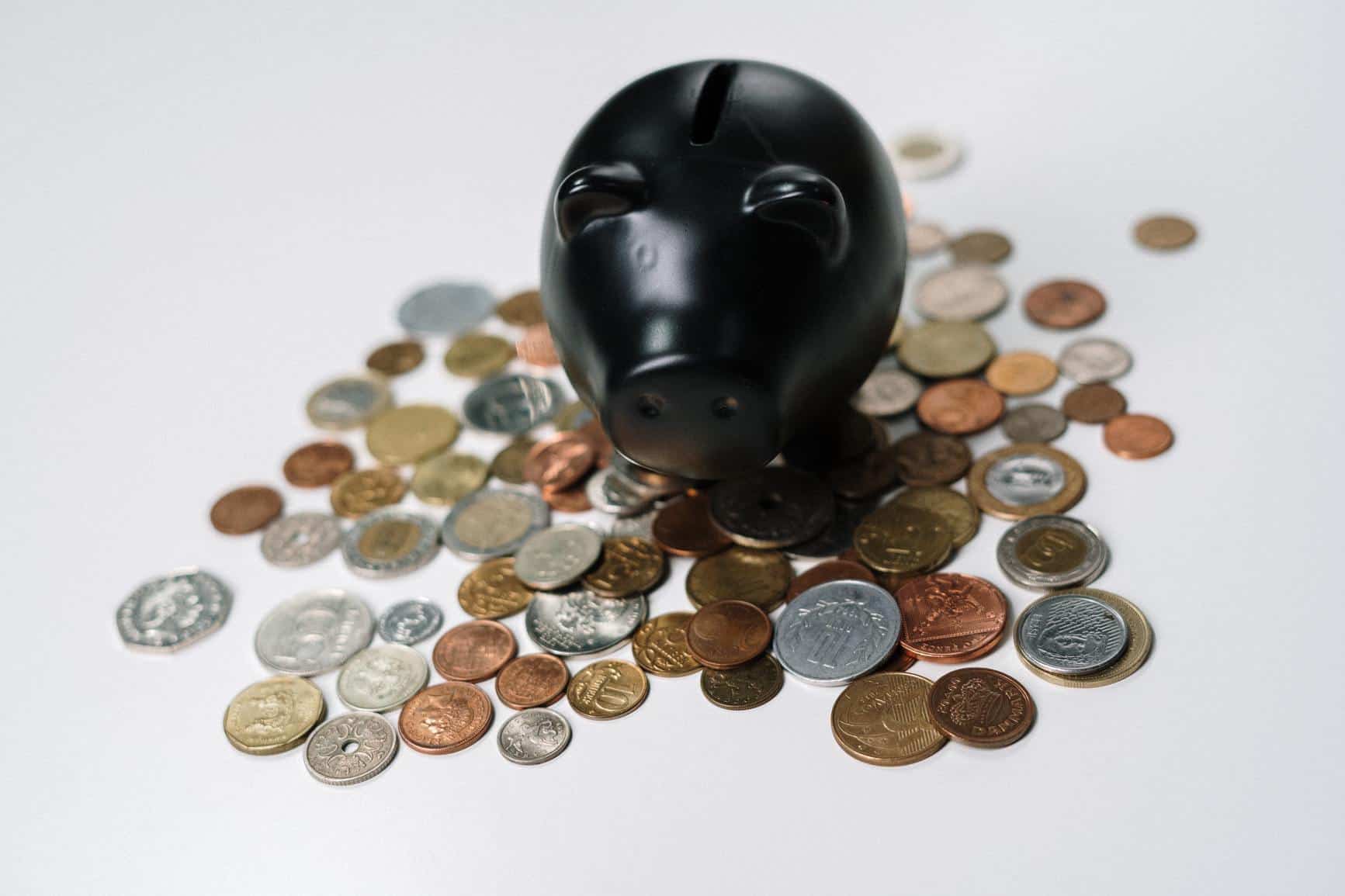
Another trick we have found helpful for building up an adventure fund is to take a small portion of our paycheck and have it automatically moved to an adventure fund each payday. With this out of sight out of mind tactic, our adventure budget grows quickly. This is something that can easily be set up with your payroll provider and makes it so that that money doesn’t accidentally get eaten up by your ever-expanding grocery budget.
You can have the money either diverted to your savings account or you can open a checking account dedicated specifically to your outdoor fund.
Tip #5: Invest in Gear
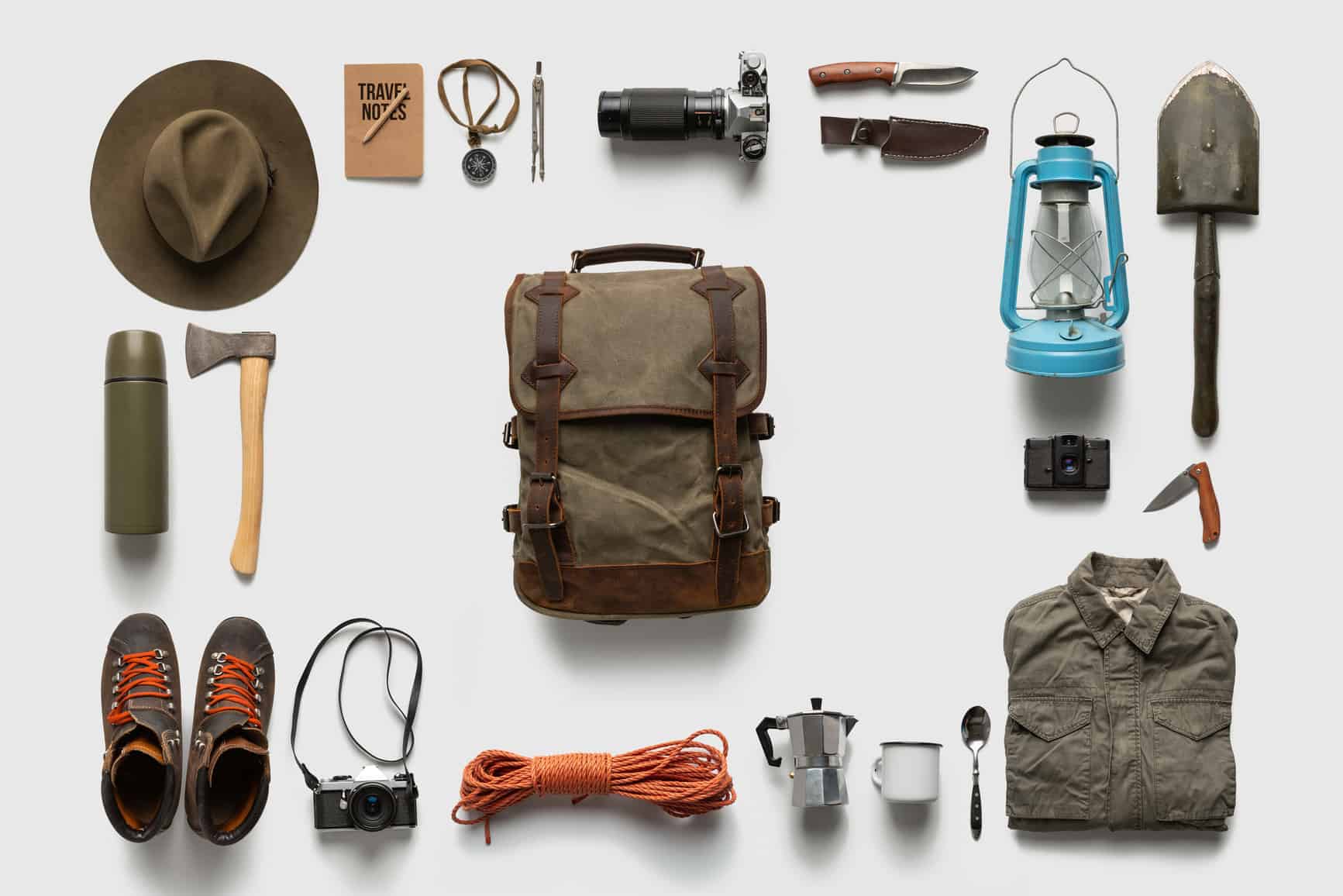
For many outdoor adventures, once you own the gear the activity is free. For example, snowshoeing, cross-country skiing, mountain biking, outdoor rock climbing, canyoneering, hiking, etc. And for other activities, owning your own gear can significantly reduce the cost (skiing/snowboarding, stand-up paddleboarding, kayaking, dispersed camping, etc.)
Some ways to offset the cost of buying gear are:
- Sell any old gear you aren’t curretly using (especially if you are upgrading your gear)
- Look for used gear (Facebook Marketplace, outdoor gear swaps, REI Garage Sales, etc.)
- Buy when on sale or at the end of the season
- Get a credit card with points or money back towards gear (REI Mastercard or Scheel’s Visa)
If you are looking for some gear recommendations, check out my Favorites Things page.
Tip #6: Have a Goal in Mind!

When all is said and done, the biggest obstacle you have when it comes to finding money for outdoor adventures is YOU. It takes work and sacrifice to earn or save money for outdoor play. That is why I am a firm believer in the power of having a goal in mind. It is much easier to stretch a tight budget or let someone stick a needle in your arm when you are working towards an outdoor adventure that excites you. Whether that is backpacking the Continental Divide National Scenic Trail or taking your whole family to Hawaii, find something that gives you butterflies in your stomach (the good kind 😉). If you are looking for some inspiration check out my post 9 Outdoor Adventures Every Couple Should Try.
Let the Fun Begin!
Going on adventures after kids can be a lot of work but hopefully, this post gave you some ideas on how to make it a little bit easier (well, at least financially). What tips would you add to the list?!
If you enjoyed this post please use the buttons below to share it with your family and friends!


